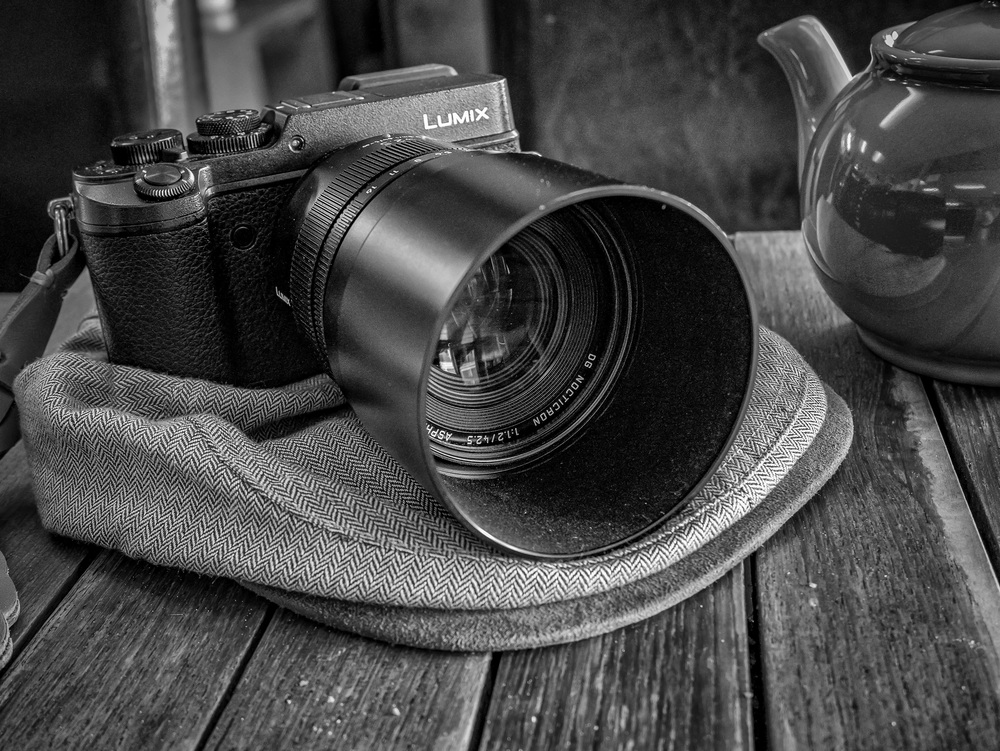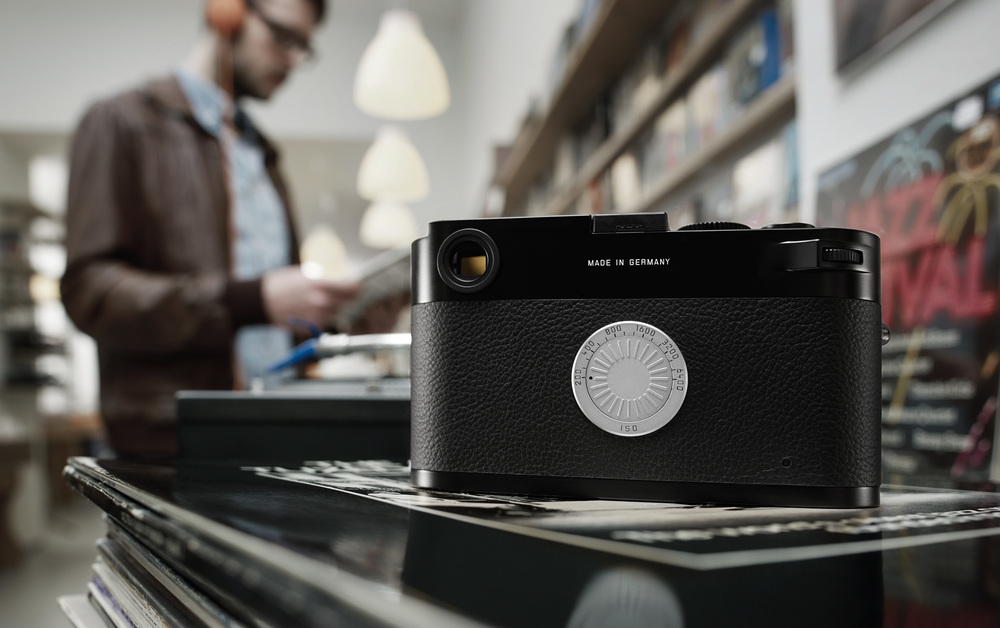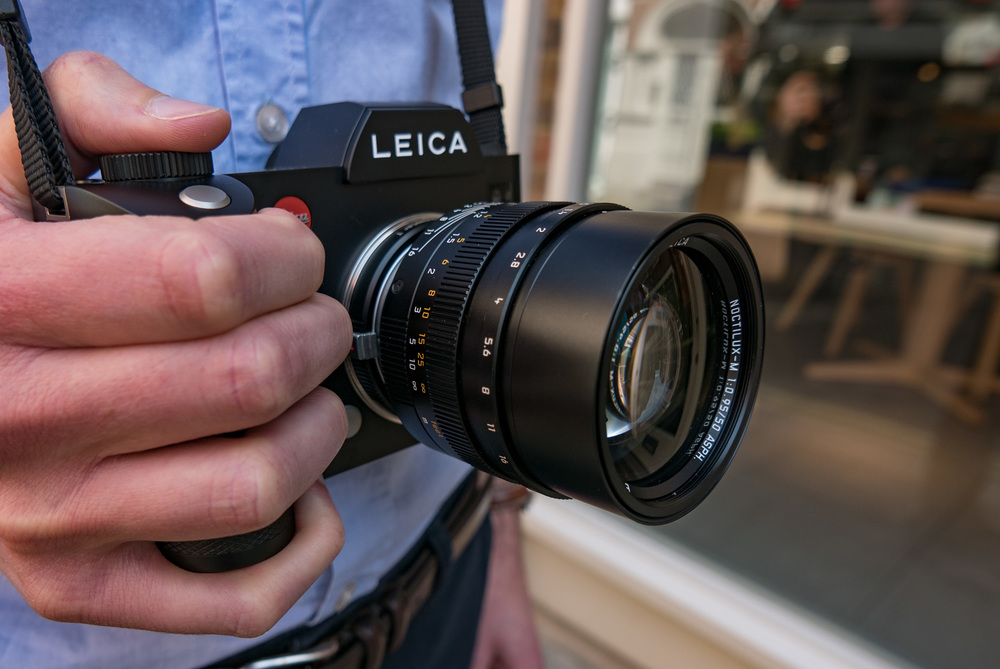
Regular readers know that I am not a great fan of modern camera complexity. I am the proud owner of a Leica M-D, the antithesis of digital bloat, and I see most of my cameras through a very limited back-to-basics glass.
I prefer the Leica M modus operandus—simple, minimal and rather old fashioned. Not for me floating focus points, intelligent auto, in-camera processing and endless lists of fancy scene modes. This is not Luddism (for I think of myself as quite technologically aware), nor is it raw snobbery. I just like it that way.
I set aperture priority, RAW only, centre-weighted exposure and, where possible, centre spot focus. Focus and recompose comes naturally after years of Leica experience. I try never to look at a screen unless I want to adjust the menu. Call me old fashioned but…. Shock, horror! Can this guy manage to take a single picture unaided?
In all these respects the Leica M-D fits the bill. There is nothing I wish it offered that it doesn’t. It actually offers very little other than superb performance. Yet is complete, simple and totally fulfilling.

With the bigger SL I try to set it up like a basic rangefinder. After a lot of experiment I found out how to stop the joystick moving the focus point and now have focus permanently anchored dead centre. Similarly, with my new-found playmates, the Olympus PEN-F and Panasonic GX8, I try wherever possible to keep things simple. On both cameras, though, it is a challenge to keep that focus point in the centre of the viewfinder. I need to delve deeper into the menus in the hope of one day finding the magic trick.
Both m4/3 cameras have an endearing feature, though. I can reverse the screen so all I see is a smart faux vulcanite back, just like on the M-D. I can cope well, just as I cope with the M-D. I can carry either the PEN-F or the GX8 and caress the smooth back, untroubled by thoughts of screen pressing or wayward button activation.
Admittedly I am most odd. Other reviewers are obsessed with floating focus points, endless chimping and detailed tweaking of the in-camera darkroom (more commonly known as jpegs), not to mention white balance adjustment and regular twiddling of knobs and buttons. But I am not alone in my eccentricity. Most of my Leica friends are so used to centre-weighted exposure, to the certainty of knowing that the focus point is in the centre (surely where the gods intended?) that they become easily frustrated with modern camera feature bloat. Yes, we are an odd bunch.
Turn off jpgs, for instance, and you immediately need a much more limited set of controls. Most controls, buttons and dials on modern cameras are meretricious instruments, designed to tick feature boxes rather than born of necessity. Let’s face it.
The problem is, landed with a new multi-talented camera (as I was this week with the Panasonic Lumix GX8) you needs hours of menu delving to get anywhere near a simple set up. Obvious requirements such as a fixed centre focus point often need several menu adjustments, some of them totally obscure.

Even the Leica SL was initially frustrating, as I hinted above. That focus point was skittering all over the place until I found out how to disable the easily nudged joystick and firmly anchor the focus in place. I had to go to Leica and spend an hour with Robin Sinha before either of us could work that one out.
Why, then, is there no menu option for us eccentrics? What we really need is a fuddy-duddy button, one designed to suppress all modern fripperies and turn the camera into a simple device to appeal to us uber traditionalists. It isn’t too much to ask. But even Leica cannot manage it.
Who will rid me of these troublesome options and buttons? Which reminds me, I must don my hairshirt one day soon and pay a visit to Canterbury to capture the sights with my very simple, self-flagellatory Leica M-D. Thomas will be watching over me.
____________
- Subscribe to Macfilos for free updates on articles as they are published. Read more here
- Want to make a comment on this article but having problems? Please read this

A ‘fuddy duddy’ button is a good idea Mike…
I had to do this to my M-P, it now only shoots DNG and the LCD screen is switched off during use.
However, I always know that I have got the full menus, the live-view and the ability to use R and other lenses along with the extra gigabyte of ram lurking in the background.
I seriously think a back-to-basics menu option would be a benefit, especially if it could be assigned to one of the function buttons.
The M-D remains my most lusted after camera. I, at once- following the unexpected announcement- declared it would be my first purchase of a new Leica. My M7 is proving a brick in the gears….it is so perfect in operation, feel, and SIZE. Also, I own and MM1 and M9; according to specs I have read, the M-D is bigger and heavier than either of those cameras. It is problematic: with the M7 as my ideal, and it having only the disadvantage of not providing me instant gratification ( something that makes it valuable not only as a camera, but possibly as a character-building device) the case for the M-D, with its additional size and weight, becomes weaker…. Even though I want an M-D……Really bad. Also, the MM1 and M9 are very good (and smaller/lighter) cameras. It is hard to feel restricted in the realm of digital photography when you have either of them…let alone both.
Keep me in your thoughts as I struggle through this very pleasant dilemma. 🙂
Far be is from me to comment on GAS. But I agree with you that the M9-based series is smaller and fits better in the hand than the M240 MFHG M-D, however, feels subjectively smaller. It isn’t of course. But I suspect it is the lack of a screen and buttons that creates the illusion.
I’ll just re-read this article every time I feel an attack of GAS coming on!
REPEAT AFTER ME: Leica X1,X2..
Quite, although I do have some issues with the X1/2, not least is the lack of built-in viewfinder and the extending lens which cannot take a protective filter. It’s not as pocket friendly as, say, the Ricoh GR. But you’re on the right track….